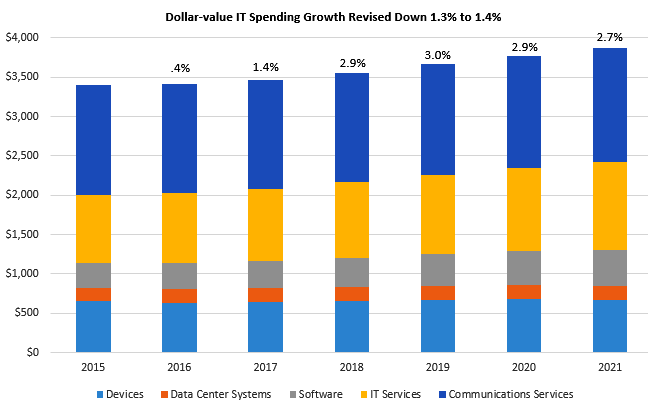
There is no organization that at the core is more service focused than the federal government. By definition, the agencies and departments of the government exist to provide services- to each other or to the citizens. However, like most large organizations, if you were to ask a staff member or IT support staff member how much the IT for those services costs, you would like get a blank, confused stare.
This week, in an effort to consolidate and control spending on IT Capital across agencies, the Office of Management and Budget (OMB) announced that it is working on a new set of Guidelines that define common language for internal IT services for infrastructure and data centers.
The Federal News Radio reports:
“The policy will help agencies better measure, manage and communicate the budget, costs and value of major IT investments and projects, such as data center consolidation or cybersecurity, Kelly Morrison, a performance analyst for OMB’s Office of the Federal Chief Information Officer, said during an April 4 panel discussion at the 2017 GITEC Summit in Annapolis, Maryland.
“We’re really thinking about … the information that both agencies and OMB need and how can OMB begin collecting the same information, so ultimately the agencies and OMB are using the same sheet of music for decision making and to provide oversight of investments,” she said.
The goal is to help agencies be more open and transparent about the IT investments they make and align those priorities with the federal budgeting process, Morrison said.”
“She( Morrison) said the new policy aims to help agencies increase transparency about their IT investments, coordinate their IT priorities with the government’s budgeting process and implement the Technology Business Management Council’s taxonomy that seeks to standardize measurement and management of IT costs.
Morrison told the station OMB expects to release the new agency guidance by May 5 and integrate it with Circular A-11 after the comment period.”
Those familiar with the TBM Council Model will understand that that the OMB is adopting the language for “Towers” and “SubTowers” for large infrastructure spend. That is, they will have common definitions for things like “Compute”, “Storage”, and “DataCenter”. Hopefully, the new guidelines will also specify common data parameters for each of these that will allow the calculation of total costs and linkage to applications as well. We will be watching for the new OMB Circular due out on May 5.
These are great baby steps and we do not want to discourage the OMB from continuing to move forward on Service Costing transparency. This is just a very first step and should be rapidly followed with other activities for at least these two reasons:

- As this chart from Gartner shows, large IT Capital infrastructure is often a small portion of IT Spend. While being able to avoid duplication on large spend is important, being able to understand and avoid duplication/increase effectiveness in the larger areas of IT Spend is also important
- Data Transparency is once again coming to the forefront both for legislators and for constituents. The reintroduction of the Open Data Act is just one example of this push. If spend is consolidated in language, but not tied to any deliverable services, the government risks being overwhelmed with lots of “Data Overload”, just like so many companies have worked through. Without an ability to tie the spend to services provided, this spend analysis raises more questions than it answers.
We are all looking forward to the details in the new circular- in the meantime, what advice would you give government agencies just starting on this journey?
